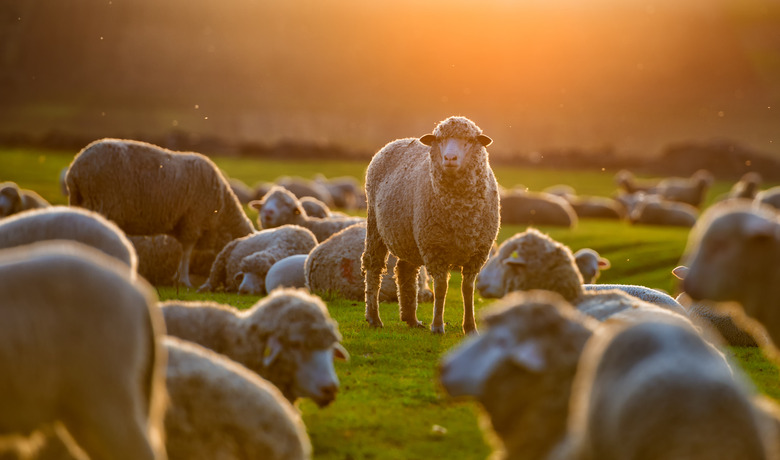The Disadvantages Of Animals Living In Groups
Group environments seem as though they would only produce advantages for animals living in the wild, but this is not always the case. While advantages like mate-availability, safety, and food-sharing, among other factors, are profitable, and help ensure survival, there are considerable obstacles created by group settings that serve to significantly decrease a group's quality of life.
Increased Sickness and Disease
Increased Sickness and Disease
Animals that live in close proximity to one another face higher risks of infection than do individual animals. Diseases and parasites can be passed between animals living too closely together, and this can dramatically decrease a group's numbers. Some animals might die as a direct result of the sickness itself, but latent effects of infection can come in several forms, such as decreased mobility, making it difficult to escape from predators, as well as decreased vision and sense of smell, making it harder to find food.
Increased Vulnerability to Predators
Increased Vulnerability to Predators
Large congregations of animals are more susceptible to predation than are small groups or individuals. While large groups afford a certain amount of security, they can also make easy targets of themselves by being easy to spot. During attacks, large groups have difficulty seeking hiding places, and can find their numbers easily decreased by predators.
Increased Competition for Food
Increased Competition for Food
The bigger the animal group, the more competitive the hunt for food becomes. Predators who hunt in large packs or prides tend to expend more energy than needed in capturing prey, as the element of surprise is not so easy to come by. Predators often scavenge as a result, and many go hungry. Sizable assemblies of animals put pressure on food resources, and unequal distribution of food among animals can lead to increased aggression, starvation, and death.
Increased Competition for Mates
Increased Competition for Mates
In group settings — where there are more males than females — direct, aggressive competition to find a mate can become the norm. Ritualized fighting and displays of violence and aggression can ensue before –and even after– finding a mate. The ultimate battle here is not necessarily for survival in the strictest sense but in the passing on of genes and reproductive success.
References
- Psychology: A Student's Handbook By Michael W. Eysenck (Chapter 9: Kinship and Social Behavior)
Cite This Article
MLA
Watson, Dustin. "The Disadvantages Of Animals Living In Groups" sciencing.com, https://www.sciencing.com/disadvantages-animals-living-groups-8603963/. 13 March 2018.
APA
Watson, Dustin. (2018, March 13). The Disadvantages Of Animals Living In Groups. sciencing.com. Retrieved from https://www.sciencing.com/disadvantages-animals-living-groups-8603963/
Chicago
Watson, Dustin. The Disadvantages Of Animals Living In Groups last modified March 24, 2022. https://www.sciencing.com/disadvantages-animals-living-groups-8603963/
